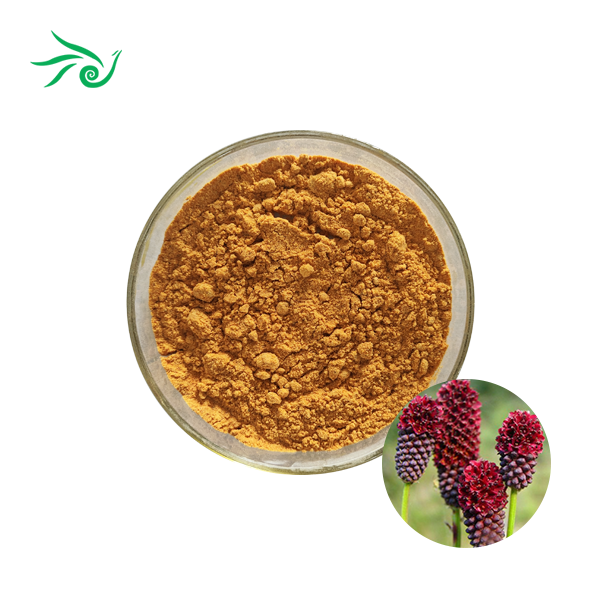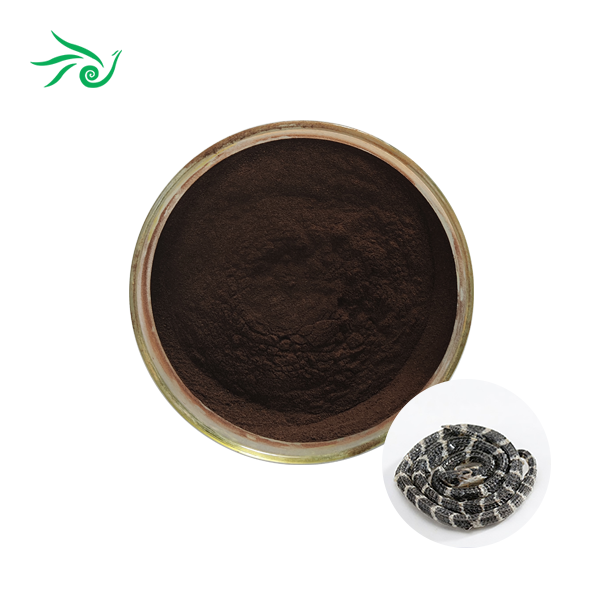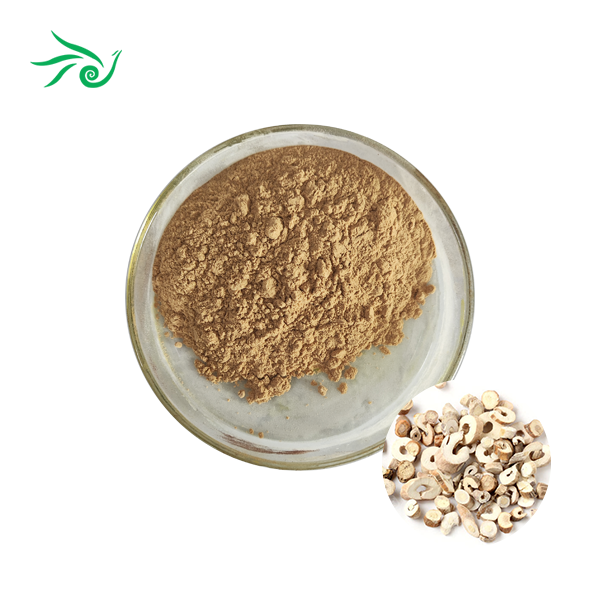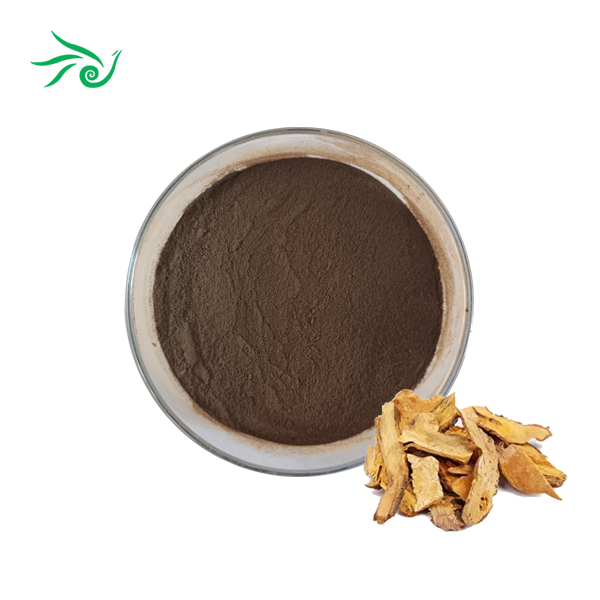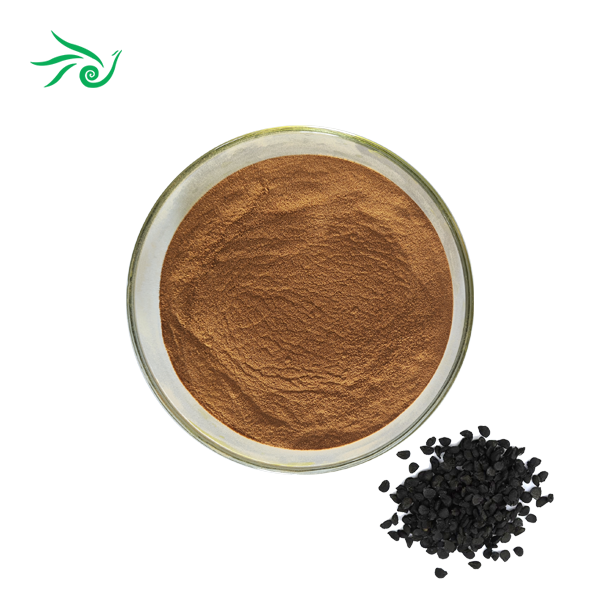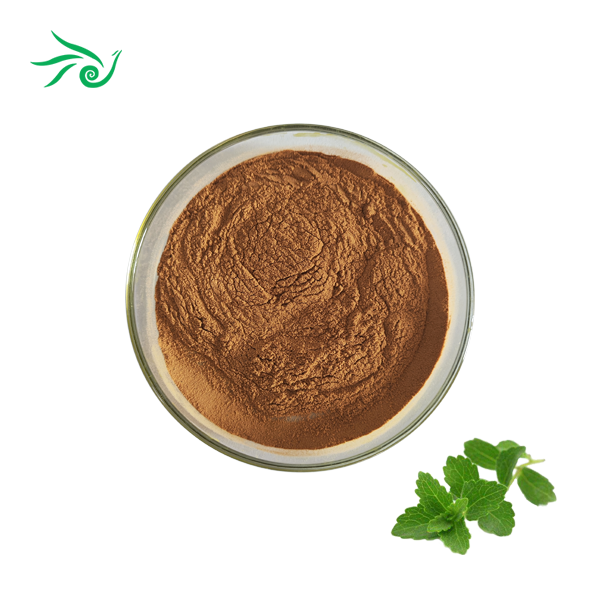How to Use Epilobium Parviflorum Extract for Better Health?
2024-09-26 09:58:39
Epilobium parviflorum, usually known as smallflower willowherb or ancient willowherb, has acquired huge consideration in the realm of regular wellbeing cures. This honest plant, local to Europe and portions of Asia, has been used for quite a long time in customary medication. Today, its concentrate is turning out to be progressively famous among those looking for regular answers for different wellbeing concerns. Let's explore the world of Epilobium parviflorum extract and the ways in which it can improve health.
Understanding Epilobium Parviflorum Extract
The Botanical Background of Epilobium Parviflorum
Epilobium parviflorum belongs to the Onagraceae family, which includes evening primrose and fuchsia. This pink flowering perennial herb typically reaches a height of 30 to 80 centimeters. The plant flourishes in clammy conditions, frequently tracked down close to streams, ditches, and in sodden forests. Its far and wide circulation across Europe and portions of Asia has added to its well established use in different conventional restorative practices.
Chemical Composition of Epilobium Parviflorum Extract
The remedial properties of Epilobium parviflorum extract are ascribed to its rich phytochemical profile. The plant contains different bioactive mixtures, including flavonoids, tannins, and phenolic acids. Oenothein B, a macrocyclic ellagitannin, is considered one of the most potent components of the extract. Other eminent mixtures incorporate myricetin subordinates, quercetin glycosides, and kaempferol glycosides. These phytochemicals work synergistically to give the concentrate's wellbeing advancing impacts.
Extraction Methods and Potency
The extraction cycle assumes a urgent part in deciding the power and viability of Epilobium parviflorum extract. Different techniques are utilized, including water extraction, liquor extraction, and supercritical liquid extraction. Each technique yields a slightly different composition of bioactive compounds. High-quality extracts often undergo standardization to ensure consistent levels of key components, particularly oenothein B. While choosing an Epilobium parviflorum separate item, it's fundamental to consider the extraction technique and normalization rehearses utilized by the producer.
Health Benefits of Epilobium Parviflorum Extract
Prostate Health Support
One of the most well-documented benefits of Epilobium parviflorum extract is its potential to support prostate health. Anti-inflammatory and antioxidant properties of the extract may help alleviate the symptoms of benign prostatic hyperplasia (BPH). Studies recommend that the oenothein B content in the concentrate might repress the movement of 5-alpha-reductase, a compound engaged with prostate extension. Ordinary utilization of the concentrate might assist with lessening urinary recurrence, further develop pee stream, and upgrade in general personal satisfaction for men encountering prostate issues.
Anti-Inflammatory Effects
The anti-inflammatory properties of Epilobium parviflorum extract extend beyond prostate health. The extract may help regulate inflammatory responses throughout the body, according to research. This wide range calming activity might actually help people experiencing different incendiary circumstances, including joint pain, provocative gut sicknesses, and skin issues. The concentrate's capacity to repress favorable to fiery cytokines and catalysts adds to its calming impacts.
Antioxidant Protection
Epilobium parviflorum extract is a powerful wellspring of cell reinforcements, which assume an essential part in shielding cells from oxidative pressure. The flavonoids and phenolic intensifies present in the concentrate rummage free extremists, forestalling cell harm that can prompt untimely maturing and different persistent illnesses. By integrating Epilobium parviflorum extract into your wellbeing routine, you might upgrade your body's normal cancer prevention agent protections and advance by and large cell wellbeing.
Incorporating Epilobium Parviflorum Extract into Your Health Routine
Recommended Dosage and Administration
When it comes to using Epilobium parviflorum extract, it's crucial to follow recommended dosages for optimal results and safety. While dosages can vary depending on the specific product and concentration, a typical daily dose ranges from 500 to 1500 mg of standardized extract. It's advisable to start with a lower dose and gradually increase it as needed. The extract is commonly available in capsule or liquid form, with capsules being the most convenient option for consistent dosing. For liquid extracts, follow the manufacturer's guidelines for proper measurement and administration.
Potential Side Effects and Precautions
Epilobium parviflorum extract is generally considered safe for most individuals when used as directed. However, as with any dietary supplement, some people may experience mild side effects. These can include gastrointestinal discomfort, nausea, or headaches. If you experience any adverse reactions, discontinue use and consult a healthcare professional. It's important to note that Epilobium parviflorum extract may interact with certain medications, particularly those metabolized by the liver. Individuals taking prescription medications, pregnant women, and nursing mothers should consult with a healthcare provider before using the extract.
Synergistic Combinations for Enhanced Benefits
To maximize the health benefits of Epilobium parviflorum extract, consider combining it with other complementary natural supplements. For prostate health, saw palmetto and pygeum are often used in conjunction with Epilobium parviflorum extract. This combination may provide a more comprehensive approach to supporting prostate function. For general antioxidant and anti-inflammatory support, pairing the extract with vitamin C, quercetin, or omega-3 fatty acids can create a powerful synergistic effect. As always, consult with a healthcare professional before combining multiple supplements to ensure safety and efficacy.
Conclusion
Epilobium parviflorum extract offers a promising natural approach to enhancing various aspects of health. From supporting prostate function to providing potent antioxidant and anti-inflammatory benefits, this botanical extract has much to offer. By understanding its properties, benefits, and proper usage, you can harness the power of Epilobium parviflorum extract to promote better health and well-being. As with any dietary supplement, it's essential to choose high-quality products and consult with healthcare professionals to ensure safe and effective use.
Contact Us
Are you interested in incorporating it into your health regimen? For high-quality extracts and expert guidance, contact Shaanxi Huachen Biotech Co., Ltd. at dongqian@sxhcbio.com. Our team is ready to assist you in finding the perfect Epilobium Parviflorum Extract product for your needs.
References
Granica, S., Piwowarski, J. P., & Kiss, A. K. (2014). Ellagitannins modulate the inflammatory response of human neutrophils ex vivo. Phytomedicine, 21(8-9), 1088-1095.
Hevesi, B. T., Houghton, P. J., Habtemariam, S., & Kéry, Á. (2009). Antioxidant and antiinflammatory effect of Epilobium parviflorum Schreb. Phytotherapy Research, 23(5), 719-724.
Vitalone, A., & Allkanjari, O. (2018). Epilobium spp: Pharmacology and phytochemistry. Phytotherapy Research, 32(7), 1229-1240.
Schepetkin, I. A., Ramstead, A. G., Kirpotina, L. N., Voyich, J. M., Jutila, M. A., & Quinn, M. T. (2016). Therapeutic potential of polyphenols from Epilobium angustifolium (Fireweed). Phytotherapy Research, 30(8), 1287-1297.
Stolarczyk, M., Naruszewicz, M., & Kiss, A. K. (2013). Extracts from Epilobium sp. herbs induce apoptosis in human hormone-dependent prostate cancer cells by activating the mitochondrial pathway. Journal of Pharmacy and Pharmacology, 65(7), 1044-1054.
Kujawski, R., Bartkowiak-Wieczorek, J., Ozarowski, M., Bogacz, A., Majchrzycki, M., Grześkowiak, E., & Cichocka, J. (2015). Current knowledge on phytochemical profile and therapeutic potential of Epilobium sp. plants. Planta Medica, 81(16), 1407-1413.
Send Inquiry
.webp)
